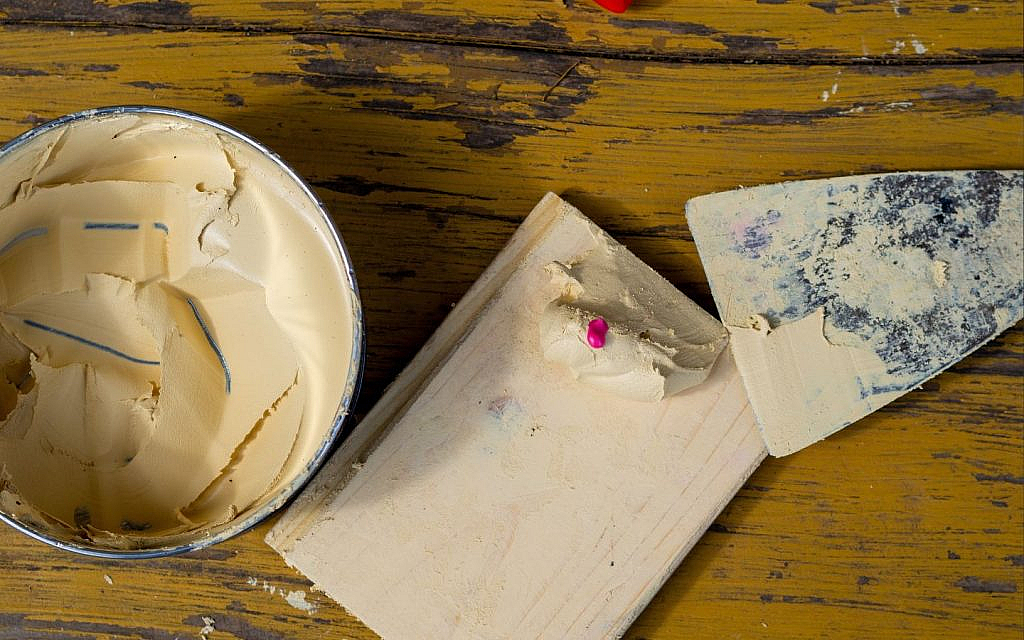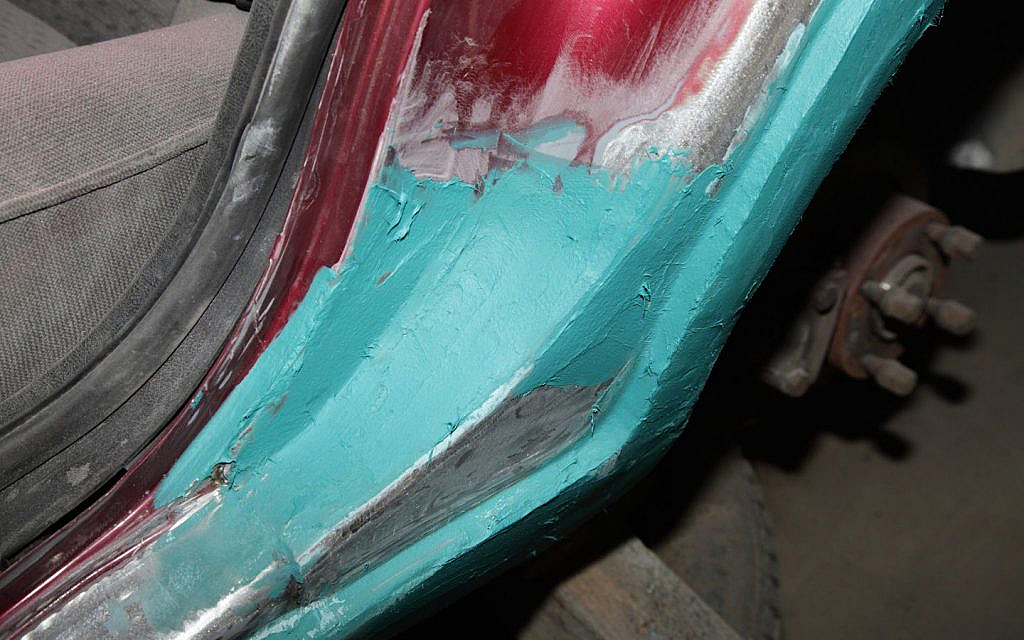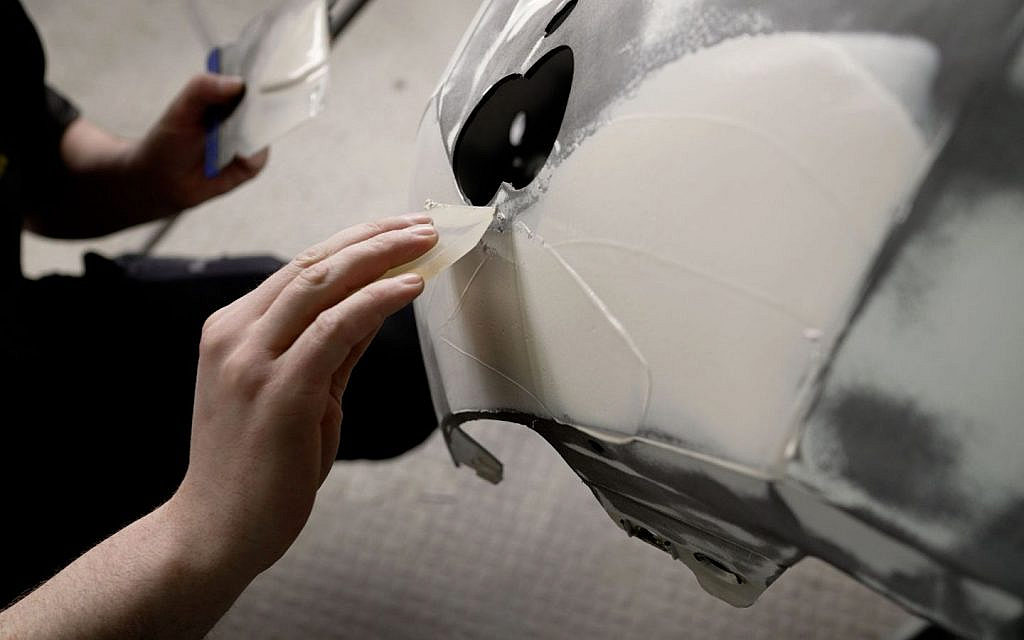All About Different Types of Auto Body Fillers
Auto body fillers are an effective solution for fixing dents, dings, scratches and holes on your car’s surface. They help establish a smooth, paintable surface after application, sanding and priming. These fillers come in various types, each suited to different repair requirements. Understanding these types is essential to selecting the right product and achieving a professional-quality finish. Picking the right filler not only ensures durability but also makes the repair process more efficient and long-lasting.
Types of Auto Body Fillers
Auto body fillers come in a range of formulations, each designed to address specific repair scenarios. The right type of filler guarantees adhesion, finish and durability based on the material and extent of damage. Selecting the appropriate filler is also crucial for successful car painting, as it helps create a flawless surface for the paint to adhere to.
Standard Polyester Fillers

Standard polyester — an ideal auto body filler for dents — is known for being easy to mix, apply and sand. It mainly consists of polyester resin mixed with a hardener. Moreover, standard polyester fillers are cost-effective and widely available, making them popular among both professionals and DIY enthusiasts. They are best suited for small dents and surface flaws and work well for common types of car dents such as dings, creases and minor impressions. However, they may shrink over time and are not recommended for areas subject to high stress or for use on galvanised steel.
Lightweight Body Fillers
Lightweight fillers are composed of microscopic glass beads and other mineral fillers, such as talc and calcium carbonate. This helps reduce the overall weight added to the vehicle. They are easier to sand and shape and are ideal for larger repairs that require a significant amount of filler. These fillers provide a smooth finish and are often preferred for fine surface repairs or when weight is a concern.
Fibreglass Fillers

Fibreglass fillers feature a mix of resin with fibreglass strands, creating a strong, waterproof filler. They are among the most effective auto body fillers for rust repair. Furthermore, fibreglass fillers are an excellent choice for repairs where strength and durability are critical. These fillers are easy to work with and are often used in collision damage restoration.
Aluminium Fillers
Aluminium fillers incorporate aluminium particles that offer strong, waterproof and easy-to-work-with properties. They are effective for various repairs but tend to be more expensive than other fillers. Aluminium fillers are known for their durability and resistance to moisture, which makes them suitable for high-stress or exposed areas.
Plastic Fillers

Plastic fillers consist of small plastic pieces bound by resin. This body filler for automotive repair is renowned for its lightweight nature and rapid hardening. They typically offer less moisture resistance than fibreglass or aluminium fillers, which makes them unsuitable for areas frequently exposed to water or extreme conditions.
Glaze and Spot Putty
Glaze and spot putty are lightweight fillers used to correct minor surface flaws such as pinholes, fine scratches and small imperfections that standard fillers may not cover. These fillers are applied in thin layers and sanded down to create a smooth, uniform finish that blends effortlessly with the surrounding surface. While easy to apply and ideal for fine-tuning, they are not meant for larger repairs and may require several coats for the best results.
FAQs
When should I use fibreglass filler instead of regular body filler?
Use fiberglass filler instead of regular body filler for larger holes, deep dents or high-stress areas needing added strength. Many dent repair kits include fibreglass filler for such repairs, as it’s ideal for reinforcing high-stress or rust-affected sections of a vehicle.
When should I use fibreglass filler instead of regular body filler?
You should use fibreglass filler instead of regular body filler when dealing with larger dents, holes or structural areas that require extra strength and durability.
Can body filler be used on rusted areas?
Body filler can be used on rusted areas only after removing the rust from the car and applying a rust converter or primer.
Auto body fillers are essential in restoring your car to its original condition. Choosing the correct type of filler depends on the size and type of repair, the surface material and the preferred finish quality. Knowing all the available options helps ensure effective, durable auto body repairs.
If you are looking to upgrade your vehicle, explore these used cars for sale in the UAE. For brand new rides, go through these new cars for sale in the UAE.
For more insights on car repairs and maintenance, stay tuned to dubizzle’s auto blog.
Cover Image Credits: Shutterstock Image Contributor – BearFotos
Comments
Post a Comment